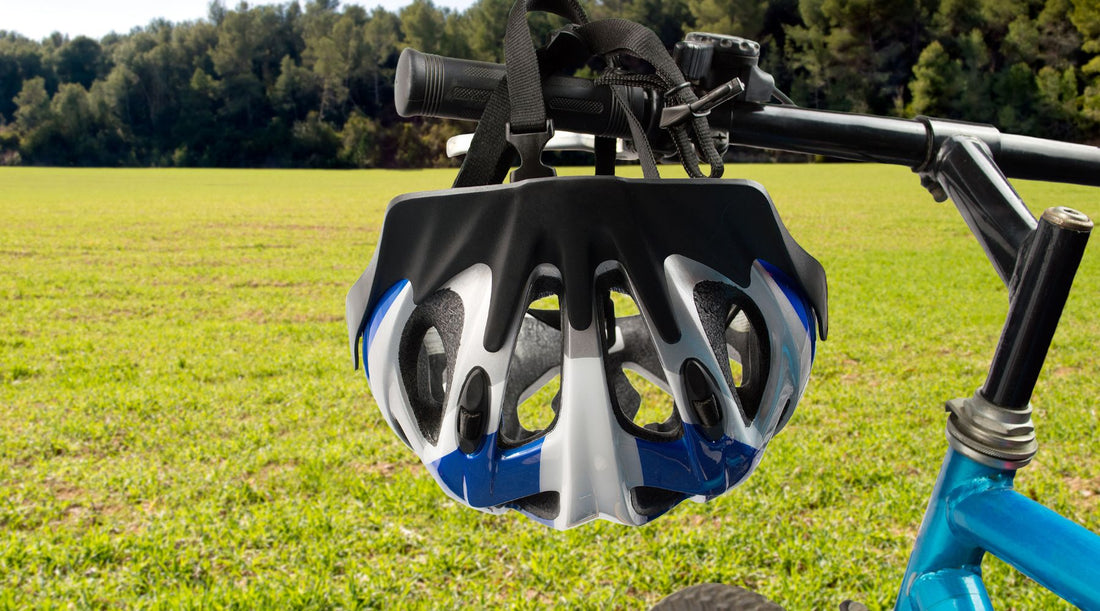Ensuring the longevity and effectiveness of your bicycle helmet is crucial for your safety on the road. In this detailed guide, we will explore the ins and outs of how often to replace bicycle helmets. From signs indicating replacement needs to expert advice and frequently asked questions, this article aims to provide comprehensive insights for cyclists of all levels.
Signs It's Time to Replace Your Bicycle Helmet
Visual Wear and Tear
Bicycle helmets endure environmental elements and general wear. Inspect for visible cracks, dents, or deformities, as these compromise the helmet's structural integrity. Understanding these visual cues is essential in determining when a replacement is necessary.
Age of the Helmet
Over time, the materials in a helmet can degrade, impacting its protective capabilities. Learn about the typical lifespan of a helmet and the importance of retiring it even if no visible damage is present.
Impact or Accident
Helmets are designed to absorb impact during accidents. Explore the protocol for replacing a helmet after a crash, even if damage isn't apparent. Your safety is paramount, and understanding the aftermath of an impact is key.
How Often to Replace Bicycle Helmet: Expert Recommendations
Manufacturer Guidelines
Helmet manufacturers provide essential information on replacement intervals. Uncover insights into specific recommendations from leading helmet brands to ensure you adhere to industry standards.
Usage Frequency
Frequent cyclists may find their helmets wear out faster. Learn how usage frequency impacts replacement schedules, helping you stay proactive in maintaining your safety gear.
Environmental Factors
Climate and storage conditions can affect helmet longevity. Discover the impact of environmental factors on helmet durability and how to mitigate potential issues.
The Importance of Proper Helmet Maintenance
Cleaning Tips
Proper maintenance not only extends a helmet's life but also ensures optimal functionality. Get expert advice on cleaning techniques that preserve both the integrity and hygiene of your helmet.
Storage Best Practices
How you store your helmet matters. Explore guidelines for helmet storage, safeguarding it from potential damage and ensuring it's ready for use when needed.
FAQs About Bicycle Helmet Replacement
When should I replace my helmet if I don't cycle frequently?
Frequent cycling isn't the only factor influencing helmet replacement. Learn about alternative indicators that suggest it's time to replace your helmet, even with sporadic use.
Is it necessary to replace a helmet after a minor accident?
Even minor accidents can impact a helmet's effectiveness. Understand the criteria for replacing helmets post any accident to maintain optimal safety.
Can I repaint or modify my helmet instead of replacing it?
Modifying helmets can compromise their structural integrity. Discover the risks associated with repainting or altering your helmet and why replacement is the safer option.
Are there recycling programs for old bicycle helmets?
Helmet disposal is an environmental concern. Explore recycling options for old helmets and contribute to sustainability efforts in the cycling community.
How do I measure the lifespan of a helmet if there's no visible damage?
Not all damage is visible. Learn methods for assessing the lifespan of a helmet, even when external signs of wear are not apparent.
Can I use a second-hand helmet, or is it essential to buy new?
Second-hand helmets pose potential risks. Understand the importance of purchasing a new helmet and the potential consequences of using a second-hand one.
In conclusion, prioritizing the health of your bicycle helmet is synonymous with prioritizing your safety on the road. By understanding the signs of wear, expert recommendations, and proper maintenance practices, you equip yourself with the knowledge needed to stay protected. Remember, knowing how often to replace your bicycle helmet is not just a guideline; it's a commitment to your well-being.

